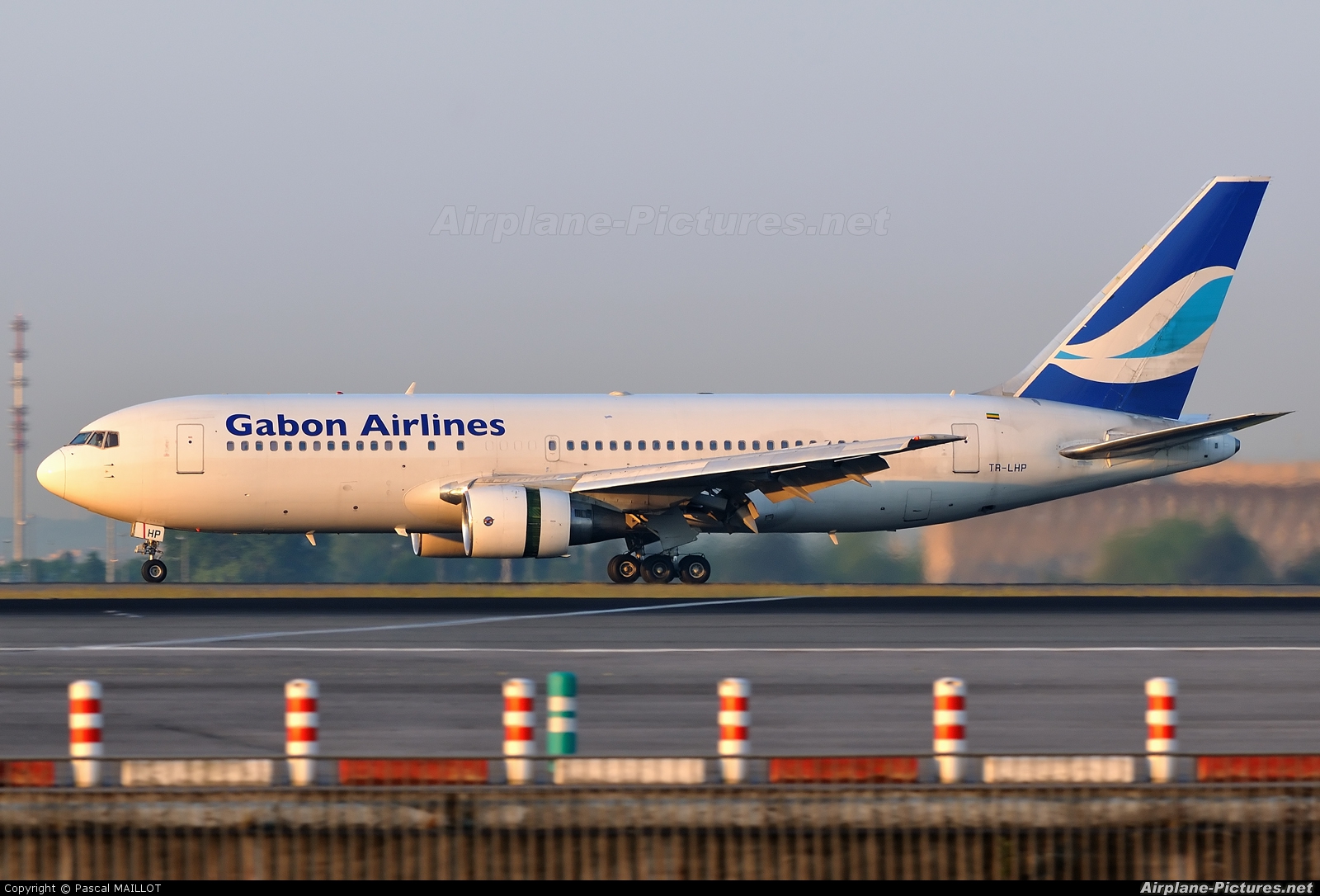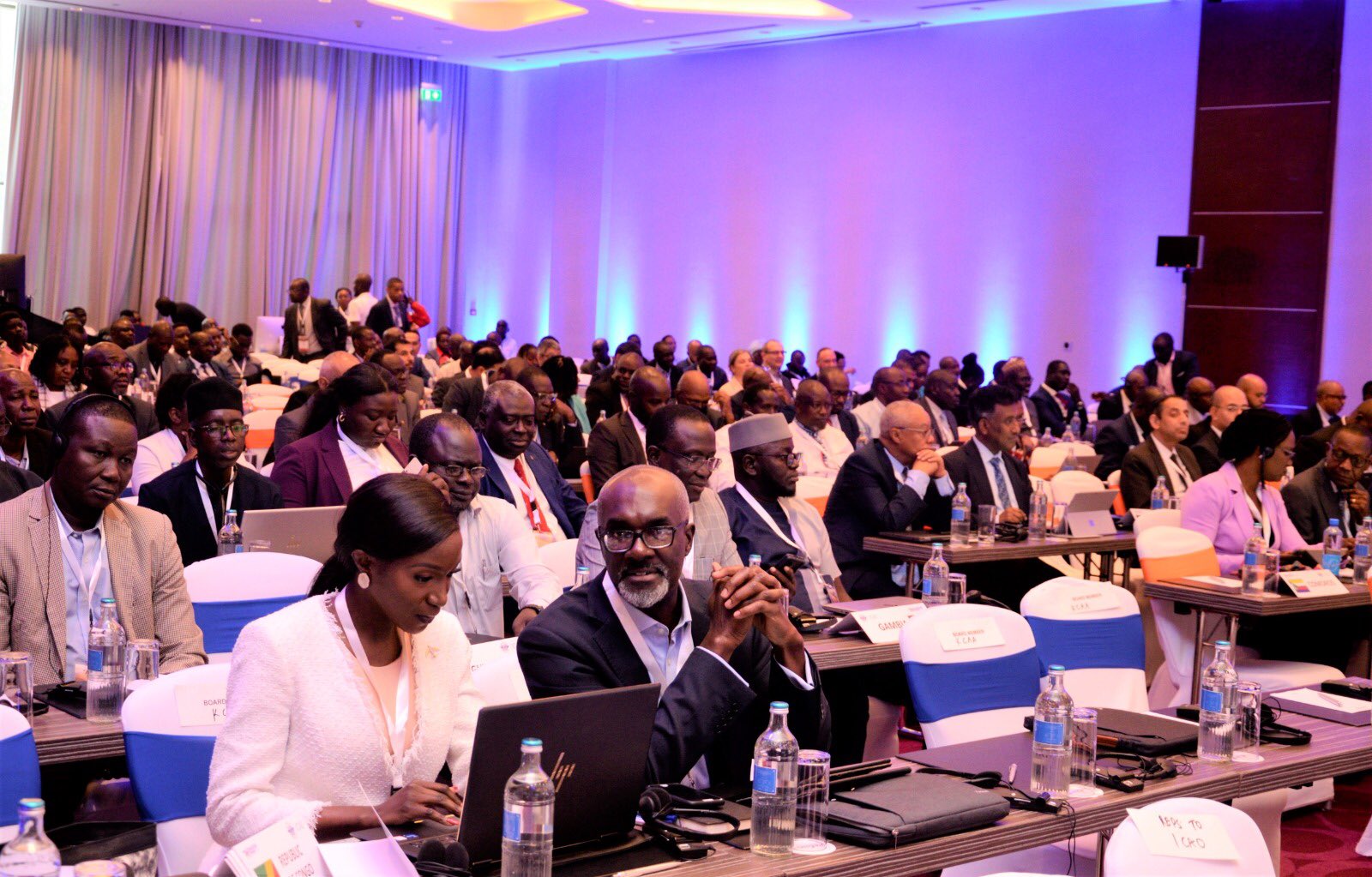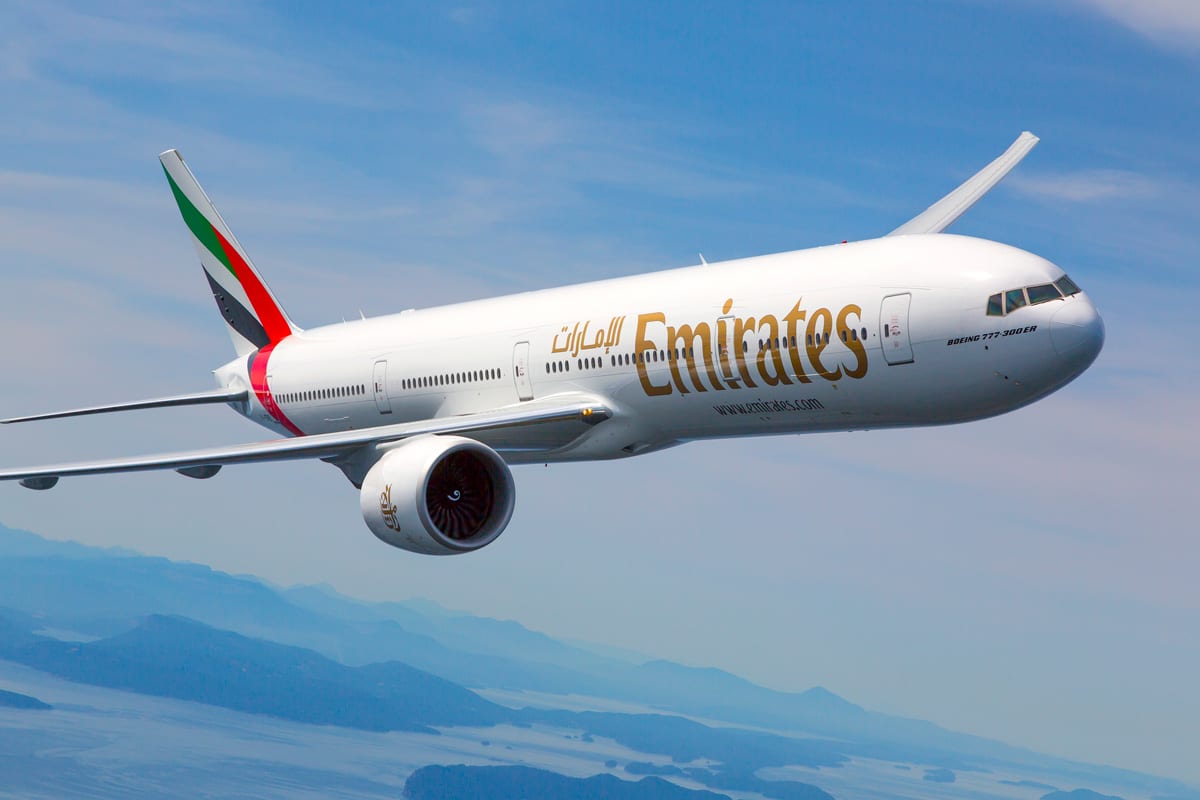The exponential growth of Airbnb in major towns around the country is shaking up the Kenyan hospitality industry as it devours a share of traditional hotels’ revenues.
The proliferation of the service has also seen a significant drop in room prices and occupancy rates, a spot check by Weekend in Business shows.
Over the past 10 years, Airbnb has grown into the world’s largest online marketplace for accommodation and now qualifies as a disruptive innovation.
And just as in the rest of the world, the hospitality industry in Kenya is slowly experiencing a shift as hotels and lodgings lose out to the rising popularity of Airbnb services.
A spot check shows that more landlords who own holiday homes within Nairobi, Kisumu, Nakuru, Naivasha, Mombasa, Nyeri, and Nanyuki towns, among others, have turned to the Airbnb platform and are reaping huge returns.
Since its launch in 2008, Airbnb has become popular among travellers seeking affordable accommodation, convenient location and household amenities.
In Nyeri County, for instance, iconic hotels including the Outspan, The White Rhino, Treetops and the Greenhill Hotel, which offer traditional accommodation, are on the verge of closing down as Airbnbs eat into their market share.
According to the Nyeri-based owner of Hampton’s Apartment, Linet Murage, holiday homes have become popular, threatening the existence of traditional hotels.
She says Airbnbs have an edge over these hotels in that prices are negotiable, allowing clients to stay for extended periods. “I decided to venture into the Airbnb business after noting that holiday homes were in high demand in Nyeri,” says Ms Murage.
She ventured into the business in 2021 by converting her house into a holiday home to compete with surrounding hotels.
“It was not an easy road. In 2019, I was a casual labourer but started saving from the little I earned. I invested the savings in furnishing and decorating my house. After the pandemic, I discovered that those looking for accommodation had started shifting to other towns, where there were holiday homes,” says Ms Murage.
She later rented the house next door after her neighbour moved out and converted it into an Airbnb too. Studies show the Airbnb business model has flourished for many reasons.
Customers like having access to an enormous supply of properties and rooms at a wide variety of prices, often more competitive than hotels, and Airbnb collects commissions on every booking.
In addition, players say, the company does not follow conventional rules. “Airbnb does not ensure the security of guests, it’s not taxed in some jurisdictions, and it has the flexibility to add new supply because of a lack of regulation,” says one study into the business model.
This has benefitted entrepreneurs like Ms Murage, who is capitalising on the boom.
The beauty of the Airbnb concept is that one does not have to legally own the building, with many operators hiring out rented space, which they furnish to meet the required standards.
And with guests increasingly opting to stay in Airbnb accommodations, competition between traditional hotels and Airbnb is boiling over.
“The industry has become very competitive. To offer the best customer service, I offer breakfast, laundry, toiletries and a chef on request. If a client gets the best service, they will refer you to other clients. I only charge Sh3,000 per night and allow only two visitors in one room,” she says.
Cause disruption
Ms Murage sees holiday homes as the future of accommodation and dreams of expanding her business.
And she has every reason to be optimistic. A recent study showed that the rise in popularity of Airbnb was always going to cause disruption to the established Kenyan hotel industry, much in the same way that Uber upset traditional cab companies.
This disruption can be understood as part of a wider move towards disruptive technologies and online community marketplaces, experts say.
The desire for homeowners to earn an income by sharing their homes has unlocked a hitherto underutilised asset through the Airbnb platform.
“Many hotels offer very poor services, while an Airbnb offers clients a totally different experience. Home sharing platforms are likely to gain more ground over time as travellers become increasingly aware of their benefits,” says Ms Murage.
She added that landlords who own holiday homes are ready to comply with the Kenya Revenue Authority (KRA) and ensure their businesses are registered.
“People are embracing Airbnb. It is a good business to venture into, let all those willing to join get their business registered to avoid giving room to conmen,” she said.
James Mwangi, a lodging owner in Nyeri, said since the launch of Airbnb in the town, his business has taken a considerable hit. “We used to get many clients, but they now prefer to book Airbnbs located outside the town for a quiet night’s rest, leaving our rooms empty,” says Mr Mwangi.
He now plans to convert his rooms into Airbnbs to stay in business. One of the more obvious ways hotels have been responding to the competitive threat of Airbnb has been via their pricing strategies.
While it’s not ideal, it’s still preferable for a hotel to have some minimal level of occupancy rates at discounted prices compared to managing an empty hotel.
Hotels are also listing themselves on the Airbnb platforms to tap short-term clients.
They are also leveraging amenities like swimming pools, steam rooms, gyms, ample parking and adequate security, which Airbnbs lack, to counter the new wave of competition from the platform.
Source: Zurulink










